
How to review a bird book on Artificial Intelligence? Ask ChatGPT! Here’s a (allegedly funny) one-paragraph summary of Birding with AI by Ronald T. Kneusel: This book is basically “What if your birdwatching hobby got a PhD in computer science?”—a cheerful mashup of binoculars and Python scripts where the author teaches you how to make a computer recognize a Wood Duck faster than you can say “quack.” Between chapters of math pep talks and neural networks having identity crises (“Am I a sparrow or just a matrix of numbers?”), you’ll learn that AI can now do the boring parts of ornithology—like sorting endless bird photos—while you get all the glory for “analysing data”. It’s part bird guide, part tech manual, and part love letter to anyone who ever thought their GPU might secretly be a birder at heart.
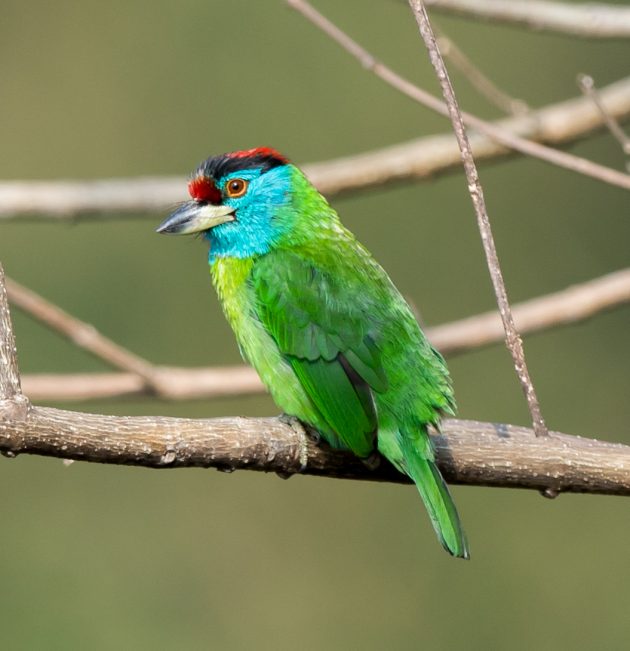
Funny according to the AI, that is. I don’t even know what a GPU is. If you are anything like me, you will consider that the movies Terminator, 2001: A Space Odyssey and The Hitchhiker’s Guide to the Galaxy have truly captured the most entertaining aspects of Artificial Intelligence. What are the key learning points for this self-appointed Luddite? Most of the book was absolute gobbledegook, but if you are into computer science there must be value for you. As I honestly do not need hands-on understanding of neural networks and data workflows, I will focus on the birding. If you disagree with my choices, consider the below graphic taken from the book. You know I’m right.
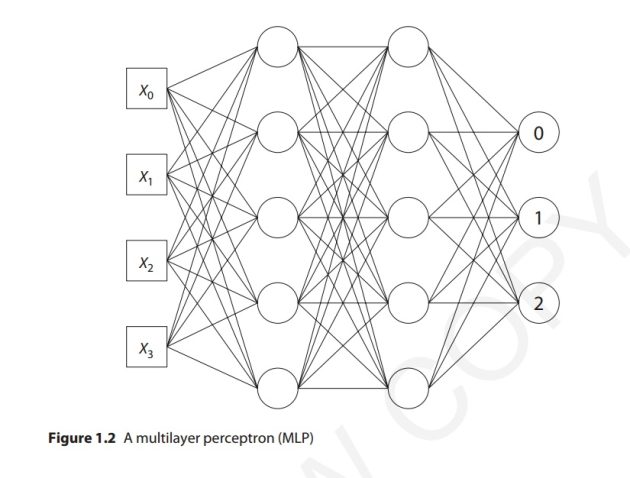
Unfortunately, to review the birding bits I had to get to page 186 of the 212-page book. That fact provides my first learning point: this is a book about computing that happens to use birds as an example. It is not a bird book. That is not necessarily a bad thing but for birders like me the time spent on programming could be spent more productively in the field. Call me old-fashioned.
The book briefly reviews Merlin, eBird and BirdNET. I would guess most of us know (of) these tools, but it was interesting to read the computing science behind the tools. So far so good. However, in his closing words the author seems to miss the point of birding. I will quote: “…birding prior to AI was somewhat a labor of love in that learning to identify birds required a measure of devotion to the study of guidebooks, drawings, photographs and audio recordings. In time, a dedicated birder would learn the essential characteristics of many species, long with their common vocalizations”. I thought that was kind of the point of birding: love of birds, dedication and understanding. Call me old-fashioned. Learning point number two: this book is not for birders, but for programmers. Oh wait, that was learning point number one.
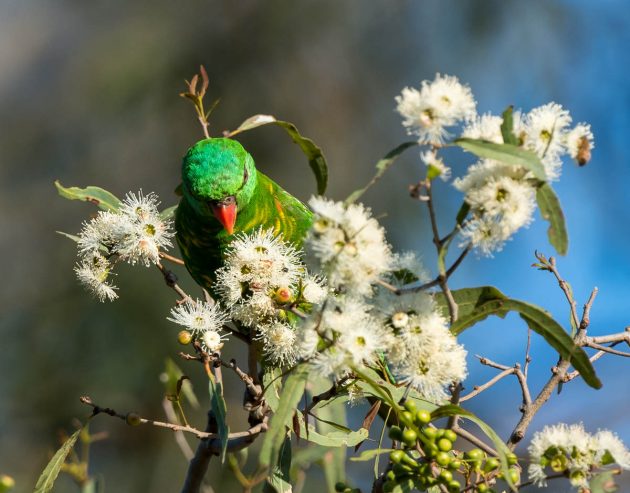
The afterword continues: The advent of AI breathed new life into the act of birding by endowing everyone with powerful tools to identify the pictures and recordings they make, typically with our ubiquitous smartphones. The Merlin app discussed in Chapter 10 deserves much of the credit for the massive increase in birding in recent years. With AI, casual birding has become commonplace, bringing the benefits of citizen science as an aid to professionals… So many questions. Did birding require new life? Is the author talking about birding or about birdwatching? Can scientists rely on the observations of people who do not know what they are looking at? Call me old-fashioned. Learning point number three: this book is not for birders…
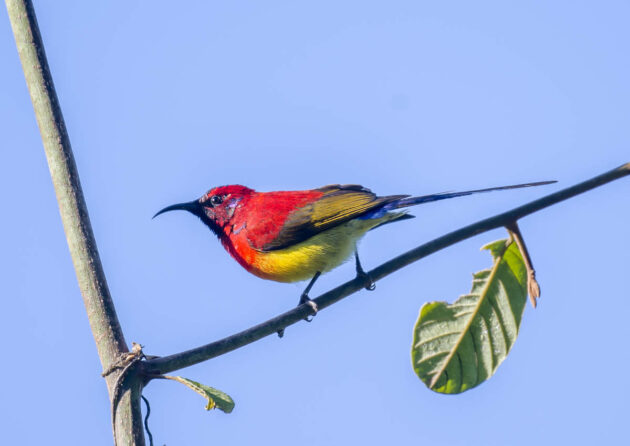
Conclusion: from what I know and understand of programming, AI and birding I’d say this is a solid reference for programmers. Personally, I prefer books to study and then going outdoors to see and identify birds based on my own knowledge, dedication and experience. What little spare cash and time I have I will devote to conservation. I am indeed very old-fashioned, probably obsolete and scheduled for extinction. You may be different, of course.
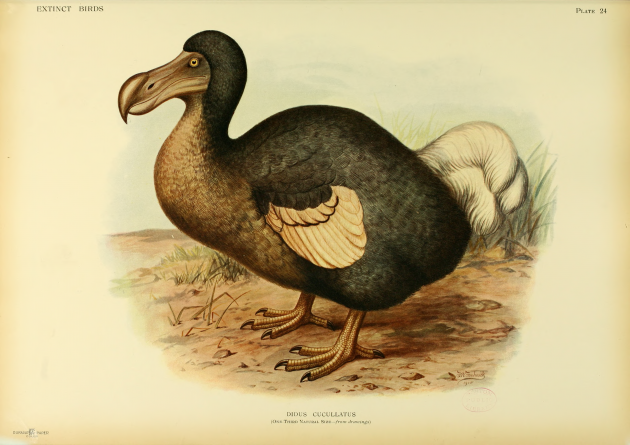
All photographs from the 10000birds archive.
Birding with AI: Concepts and Projects for Ornithology
Author: Ronald T. Kneusel, Ph.D.
ISBN 978-1-78427-602-7


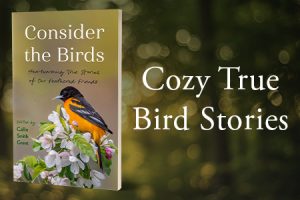



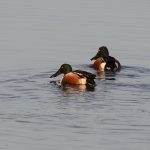
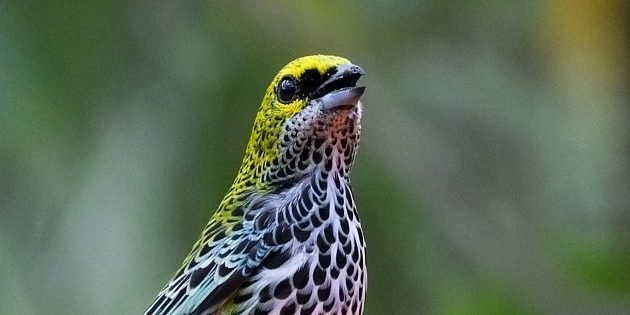
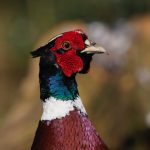
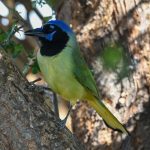
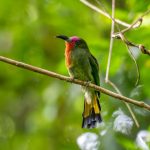

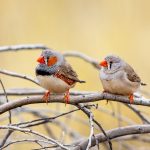
I don’t think I will be reading it. Thanks for the warning, Peter.
Peter, thanks for the review. You are correct, the book is not for birders (unless they are already tech savvy and curious about AI). The subtitle says it all: Concepts and Projects for Ornithology. It’s a book for professionals who know they must embrace AI in their discipline and are wondering how they might go about applying it to their own projects.